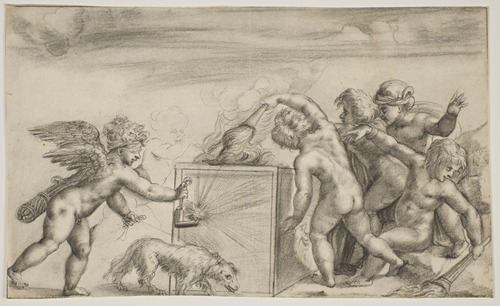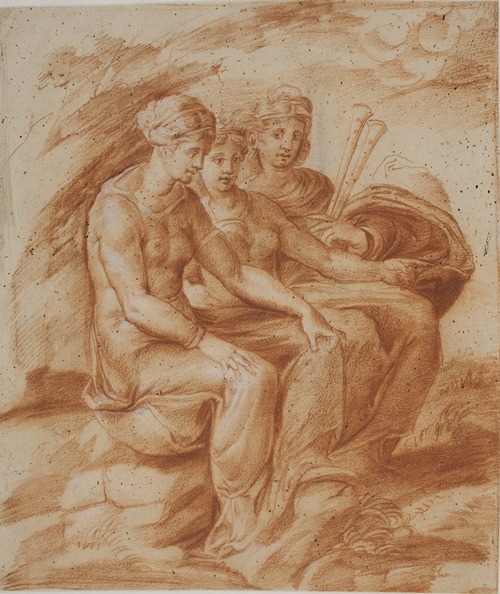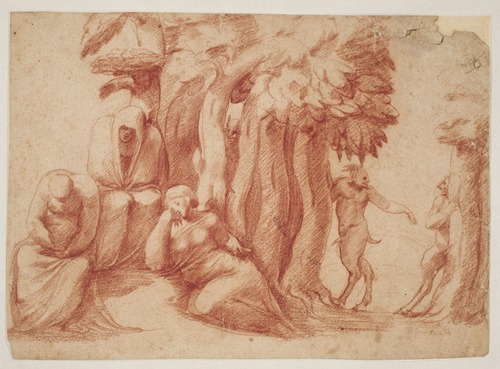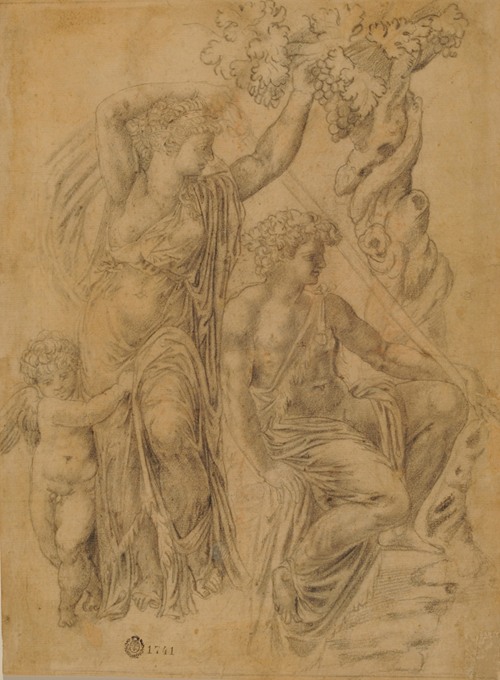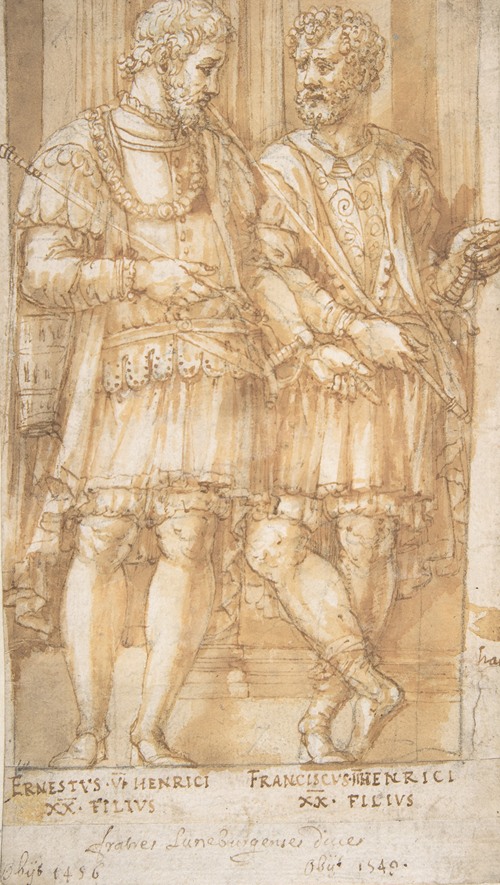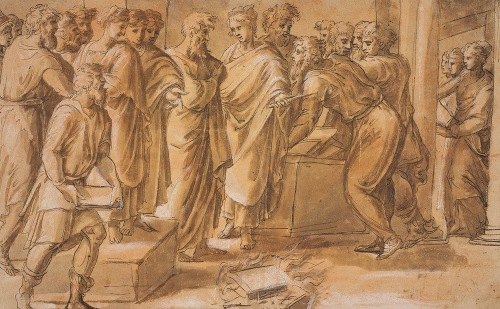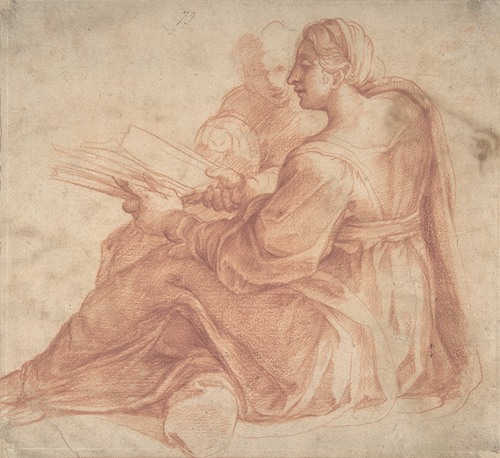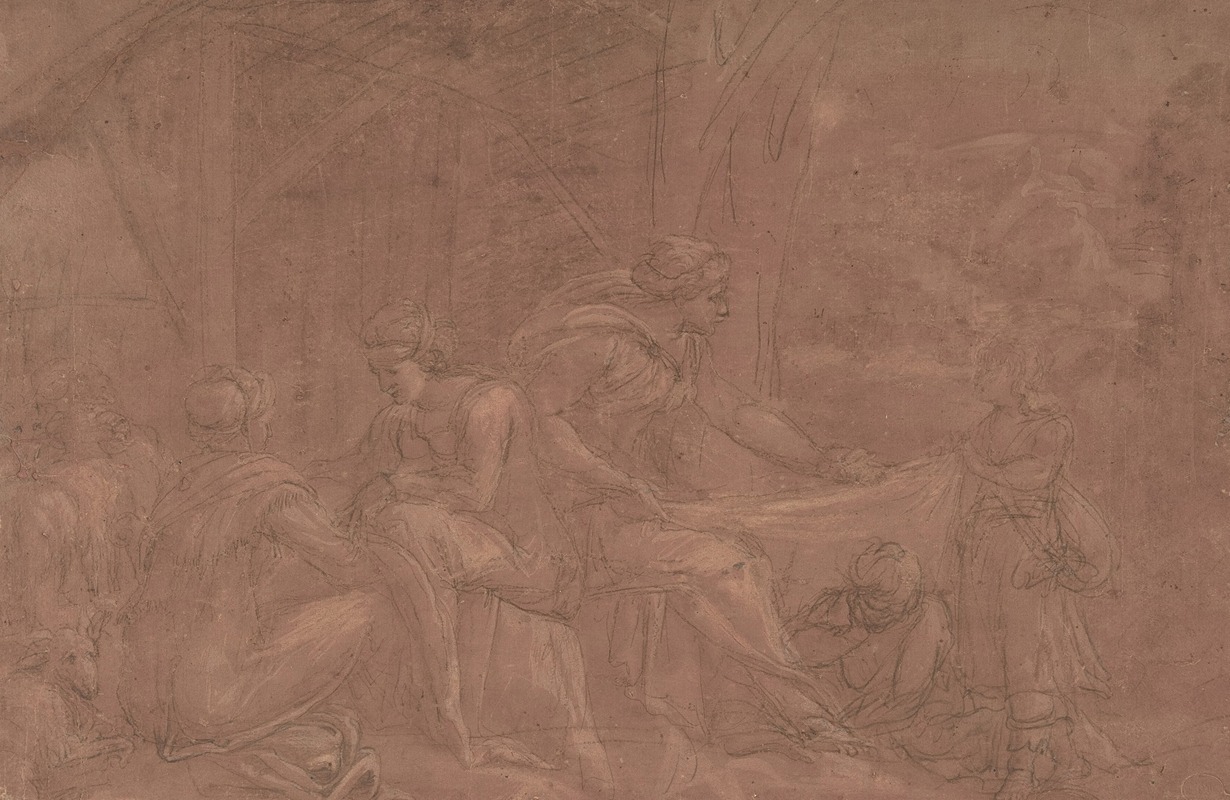

Pirro Ligorio was an Italian architect, painter, antiquarian, and garden designer during the Renaissance period. He worked as the Vatican's Papal Architect under Popes Paul IV and Pius IV, designed the fountains at Villa d’Este at Tivoli for Cardinal Ippolito II d’Este, and served as the Ducal Antiquary in Ferrara. Ligorio emphasized and showed a deep passion for classical Roman antiquity.
Due to lack of accurate documentation, very little is known about the first three decades of Ligorio's life. It is estimated that he was born in Naples, Italy, in 1512 or 1513 while the city was still under Spanish rule. His parents, Achille and Gismunda Ligorio, were rumored to be members of the noble class in Seggio di Portanova, a section of Naples. Around age twenty, Pirro Ligorio left the tumultuous and poverty-stricken city of Naples to pursue a more flourshing livelihood in Rome. The city was home to a thriving art community, especially under the patronage of the Vatican.
For his first job in Rome, Ligorio painted and decorated the façades of homes and palaces. This role had previously been filled by Polidoro da Caravaggio, who fled in 1527, allowing Ligorio to enter the field with very little formal artistic training. His first documented contract was signed on 12 May 1542 when Ligorio decorated the loggia on the palace of the archbishop of Benevento. He was chosen specifically for his knowledge of the grotesque style, which was popularized by Raphael and his followers in the sixteenth century. Ligorio greatly appreciated this style, and incorporated its elements (friezes, scenes from Roman history, trophies, etc.) into his work often.
Many of the paintings from his early career, unfortunately, were destroyed or repainted less than a century later. However, several surviving drawings from that time period have been recovered and attributed to Ligorio. This identification was often made based on the subject matter; many of the drawings featured façade paintings, Roman characters, and antique Renaissance objects. These loose connections allowed historians to name Ligorio as the rightful artist of these drawings, which are now held in collections across the world (including one at the Art Institute of Chicago).
In the mid sixteenth century, Ligorio was commissioned to assist in the decoration of the Oratory of San Giovanni Decollato in Rome. In particular, he painted a fresco of The Dance of Salome. Exact dates are unclear, but it is estimated he painted the fresco between 1544-1553. Early drawing drafts and the fresco itself shows Ligorio's commitment to the Raphaelesque and Manneristic styles. Notably, this is one of the few surviving large works of his early career.
Around the same time, Ligorio began to explore the subject of classical antiquity. He spent a large portion of the 1540s learning as much as possible about Roman antiques, and preserved valuable information while the pope destroyed artifacts in excavation projects. In the following decade, Ligorio worked to publish this knowledge. He published one book, Delle antichità di Roma, in 1553, and engraved several antiques. He also attempted to write an encyclopedia of Roman and Greek antiquity at least twice, some parts of which can now be found in the Biblioteca Nazionale in Naples. Despite its important contributions to the Italian knowledge base of Roman antiquities, Ligorio's writings were met with some criticism; in particular, he was charged with widespread forgery. However, no substantial evidence of forgery has been identified.
Finally, Ligorio's period of archeological exploration and writing was accompanied by another pursuit: cartography. Between 1557-1563, Ligorio combined his antiquarian knowledge and drawing abilities to create several maps of Rome. Most notably, in 1561 he published his “Antiquae urbis imago” (Image of Ancient Rome), a topographical map of ancient Rome. This was considered the pinnacle of his cartographical endeavors.
